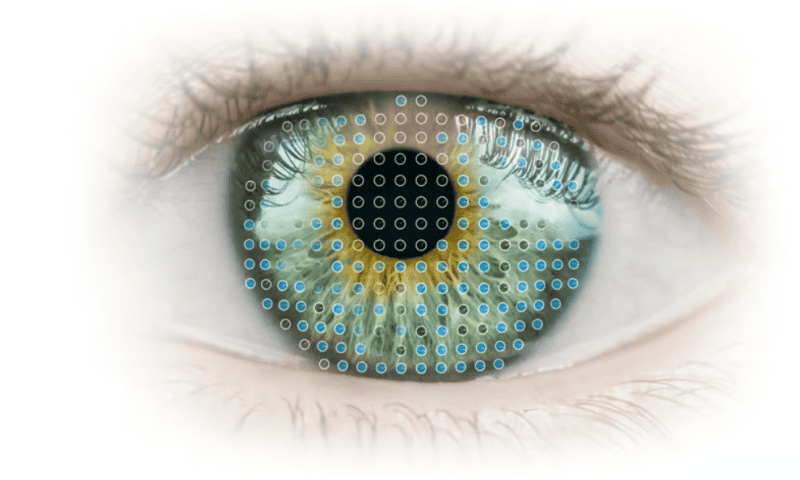A new medtech-pharma collaboration has its eye on catching retinal diseases as early as possible and staving them off with precise, personalized treatments.
Zeiss Medical Technology and Boehringer Ingelheim provided a bird’s-eye view of their partnership Monday. The overarching aim of the collab is to spot and treat eye diseases before permanent damage sets in, which is currently a risk for more than 300 million people around the world—a number that’s expected to keep growing alongside aging populations and increasing gaps in health equity, according to the companies’ joint announcement.
“Our partnership with Zeiss Medical Technology will allow us to develop precision therapies delivering the right treatment for the right patient at the right time to prevent vision loss by intervening before irreversible damage occurs,” said Ulrike Graefe-Mody, Ph.D., Boehringer’s head of retinal health. Financial terms of the team-up weren’t disclosed.
The partnership will build on both Zeiss and Boehringer’s expertise in the realm of ophthalmology, as well as their respective strengths in technological and therapeutic development.
Zeiss, for its part, will task its artificial intelligence algorithms with sifting through massive sets of imaging data on its cloud platform, which takes in information from a variety of diagnostic and therapeutic devices. The AI will then analyze those scans to look for early markers of retinal diseases.
With Boehringer’s help, those findings can then be used to develop not only diagnostic and predictive tools to catch the conditions at the point of care but also new therapeutics that’ll use the early disease markers as a starting point to target disease pathways.
“Enabled by our Zeiss Medical Ecosystem and the platform’s ability to aggregate massive data sets for analysis, we’re strongly positioned to establish new partnerships in pursuit of research yet to be investigated, to accelerate access to future technologies and markets, and to help clinicians provide earlier detection and more personalized and precise care for their patients,” Euan Thomson, Ph.D., head of Zeiss’ ophthalmology strategic business unit and digital business unit, said in the announcement.
Boehringer has been developing treatments for ophthalmological diseases since 2013 when the German pharma first identified its own potential in treating retinal conditions associated with diabetes.
In the decade since, helped along by the creation of a dedicated retinal health department in 2019, it has expanded its focus beyond diabetic retinopathy and diabetic macular ischemia. Other key therapy areas within the department now include wet age-related macular degeneration, geographic atrophy and Stargardt disease.
That work has included a handful of partnerships, including one with intravitreal drug delivery tech maker Inflammasome Therapeutics in 2019 and another with CDR-Life in 2020 to develop antibody fragment-based therapeutics for geographic atrophy.
Zeiss’ own experience in ophthalmology dates even further back, to when the company began churning out eyeglass lenses in the early 1900s, followed by a string of ophthalmic instruments throughout the 20th century. In 1996, Zeiss was responsible for the commercial debut of optical coherence tomography, a form of radiation-free imaging designed to spot vision-threatening conditions in the retina, which was last month named the winner of the annual Lasker-DeBakey Clinical Medical Research Award.

